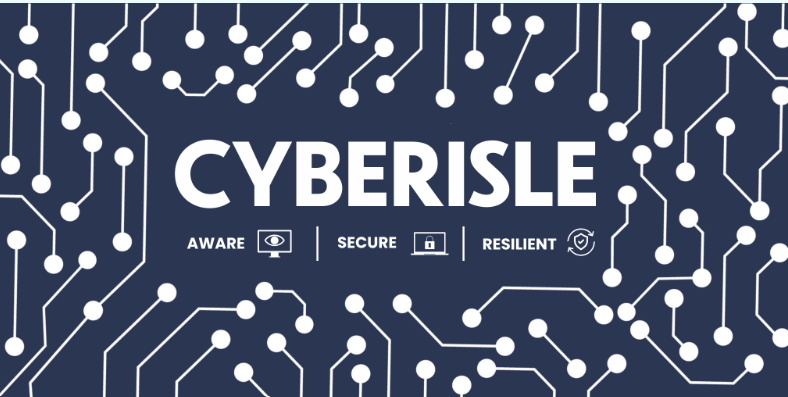NIST: Enhancing Password Security
Understanding NIST's Latest Guidelines

Enhancing Password Security: NIST's Latest Guidelines
Cybersecurity is a constantly evolving field, and staying up-to-date with the latest best practices is both crucial and often challenging. As threats become more sophisticated, organisations must adapt their security measures to protect their valuable data and systems. One key area of focus is password security, where the National Institute of Standards and Technology (NIST) regularly updates its guidelines to help businesses strengthen their security posture. This
article is from Cyber Security News 27 September 2024.
In this blog about Cyber Security News's article, we at look at NIST's most recent password security recommendations and explain how you can implement them in your company, helping alleviate some of the headaches associated with managing cybersecurity.
The Evolution of Password Security
Historically, password policies often focused on complexity: requiring a mix of uppercase and lowercase letters, numbers, and special characters. While well-intentioned, these policies sometimes led to user frustration and less secure practices, such as writing down complex passwords or making minor changes when forced to update.
NIST's updated guidelines aim to balance security with usability, resulting in stronger overall protection. Let's explore the key recommendations:
1. Favour Length Over Complexity
NIST Recommendation: Encourage longer passwords (at least 8 characters) without mandating complex rules.
Why it matters: Longer passwords are inherently more secure and often easier for users to remember. By removing strict complexity requirements, users are more likely to create unique, memorable passphrases.
Implementation tip: Educate users on creating strong passphrases. For example, "ILovePizzaWithExtraCheese!" is both long and memorable.
2. Eliminate Periodic Password Changes
NIST Recommendation: Don't force regular password updates unless there's evidence of a breach.
Why it matters: Frequent mandatory changes often lead to weaker passwords or minor variations of the old one.
Implementation tip: Instead of scheduled changes, focus on monitoring for compromised credentials and enforcing changes only when necessary.
3. Implement Multi-Factor Authentication (MFA)
NIST Recommendation: Always enable MFA for an additional layer of security.
Why it matters: MFA significantly reduces the risk of unauthorised access, even if a password is compromised.
Implementation tip: Start with critical systems and gradually roll out MFA across all user accounts. Consider user-friendly options like push notifications or biometrics.
4. Screen Against Common Passwords
NIST Recommendation: Prevent the use of easily guessable or previously compromised passwords.
Why it matters: Many data breaches occur due to weak, commonly used passwords.
Implementation tip: Use a password blacklist that includes dictionary words, repetitive or sequential characters, and passwords exposed in previous breaches.
5. Allow Password Managers
NIST Recommendation: Encourage the use of password managers.
Why it matters: Password managers help users generate and store strong, unique passwords for each account, significantly improving overall security.
Implementation tip: Provide guidance on reputable password manager options and offer training on their use.
6. Implement Secure Password Recovery
NIST Recommendation: Use secure methods for password resets and recovery.
Why it matters: Weak recovery processes can be exploited to gain unauthorised access.
Implementation tip: Implement multi-step verification for password resets, avoiding easily guessable security questions.
Conclusion
By adopting these NIST guidelines, organisations can significantly enhance their password security while improving the user experience. Remember, security is an ongoing process. Regular reviews and updates of your policies help you stay ahead of emerging threats.
As you implement these changes, focus on user education. Help your team understand why these new practices are more secure and how they benefit both the individual and the company.
Looking to strengthen your cybersecurity posture? We’re here to help.
Stay secure! Here are some useful links.
https://cybersecuritynews.com/nist-rules-password-security/
https://csc.gov.im/advice-guidance/multi-factor-authentication-mfa/
#Cybersecurity #PasswordSecurity #NISTGuidelines #InfoSec




